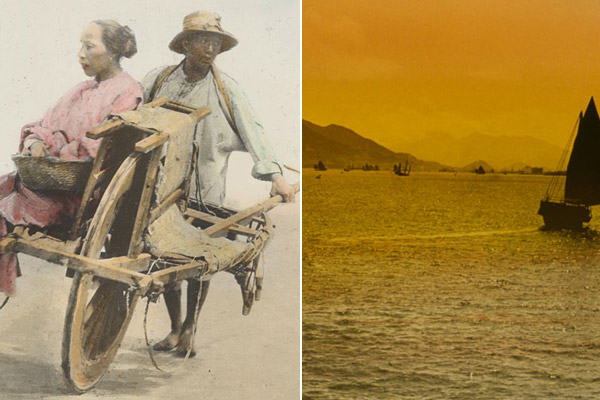One of the Field Museum’s first ventures was an extraordinary journey across Africa, Russia, and Oceana to document the way man traveled at the end of the 19th century—led by a railroad publicist and a great Old West photographer.

Chicago assembled these, Chicago organized them, Chicago presented the narrative of global modernity because it could, because it wished to, and because it was already the center for this global information imperialism, if only for a few years or decades. —Peter Bacon Hales
In 1893, Chicago captured the world's intellectual attention with the Columbian Exposition, and sought to consolidate its gains as a world city with the Art Institute and the Field Museum, building off the architectural and cultural legacy of the World's Fair. The Field Museum of Natural History would only be named so in 1905; it began its life as the Columbian Museum of Chicago, its name changed to honor its major benefactor, Marshall Field.
One of Field's initiatives in creating the museum was the idea of Joseph Gladding Pangborn, whom Hales calls "the most celebrated public relations professional in the United States, and perhaps the very first to declare that profession as profession." Pangborn was a B&O railroad publicist, and with the backing of Field, he hired a longtime railroad photographer, William Henry Jackson, who had spent years in the West—publishing the first photographs of Yellowstone—and ended up as the Columbian Exposition's official photographer. Hard up after the Panic of 1893, Jackson accepted Pangborn and Field's offer to travel the world, or at least a broad swath between North Africa and Oceana, documenting how humankind traveled at the turn of the century. The World's Transportation Commission, as it was known, captured commutes by train, camel, houseboat, and sled, as well as street scenes and people from Tunisa to Siberia, an extraordinary travelogue out of the dreams of Phileas Fogg. Below are some of Jackson's photographs from the World Transportation Commission's long journey.
After the WTC returned, Jackson took a job as president of the Detroit Publishing Company. It would later go broke, but Jackson's adventures didn't end: he consulted on Gone With the Wind, had a steamboat named after him, and was buried in Arlington National Cemetary. He died at 99, one of the last survivors of the Civil War. In 1941, shortly before his 98th birthday, Jackson—"part and parcel of the Old West"—sat down for a radio interview with the Department of the Interior about his life on the frontier.



